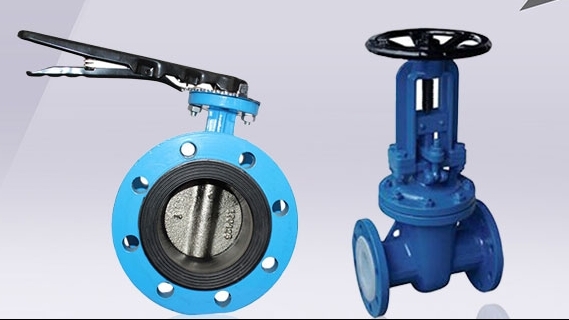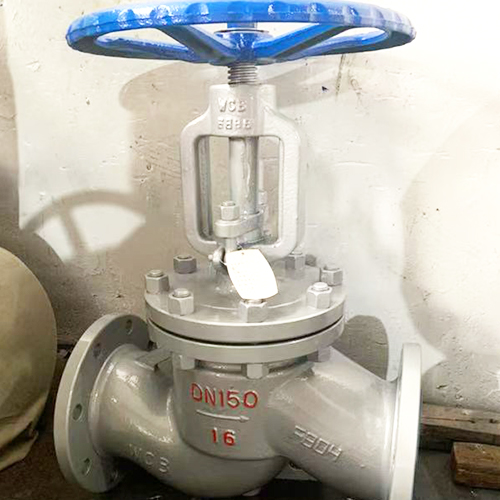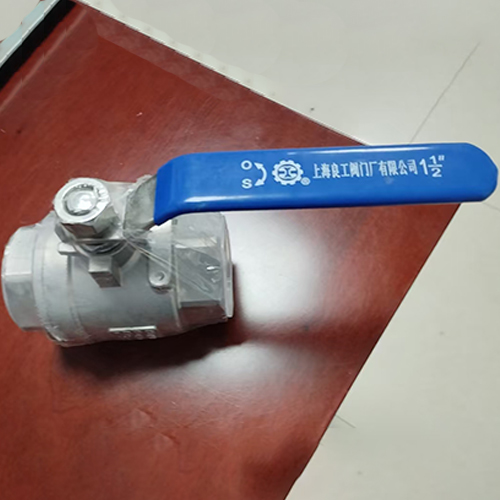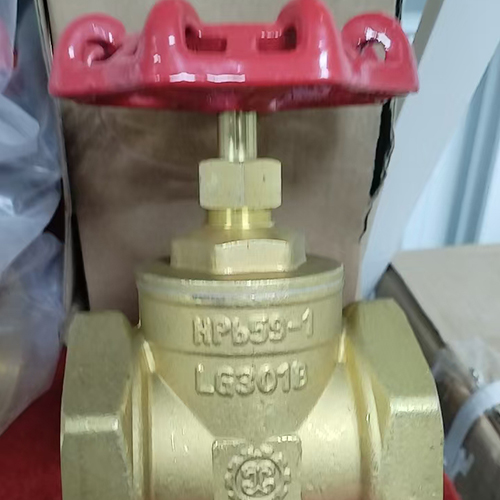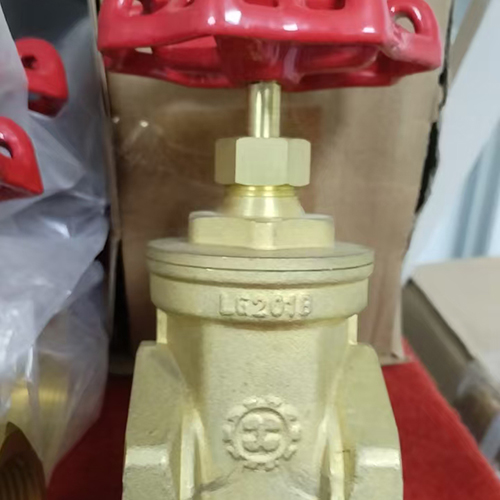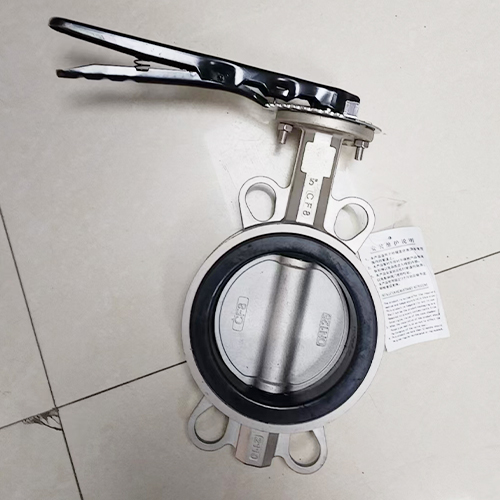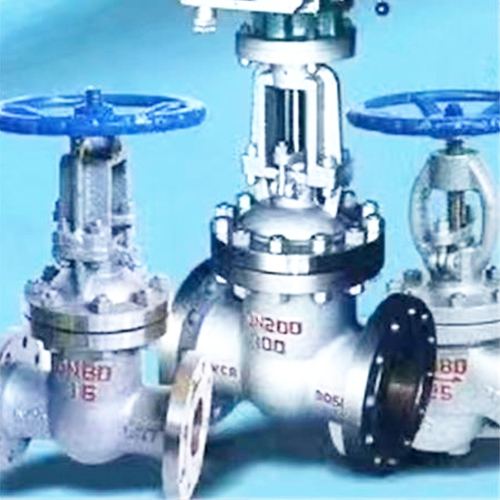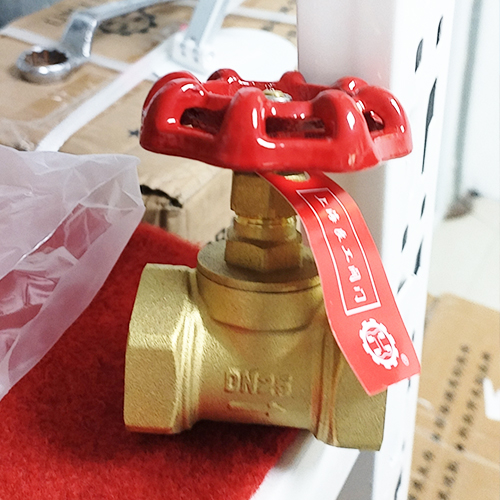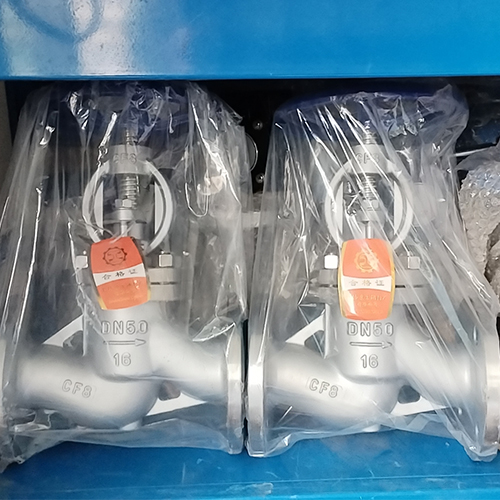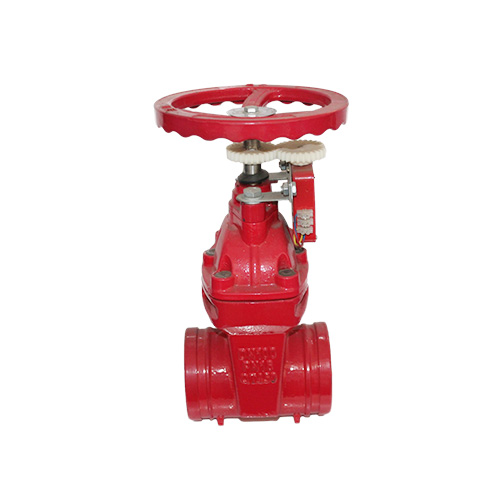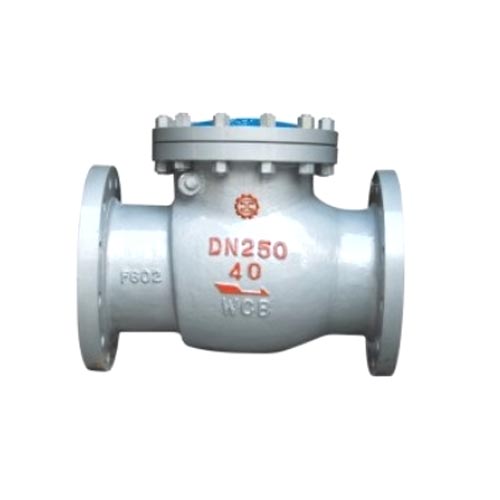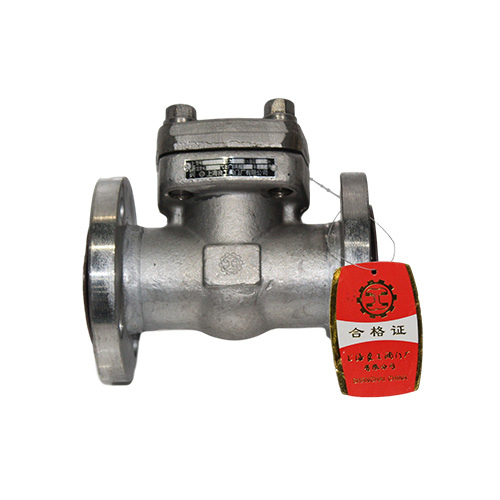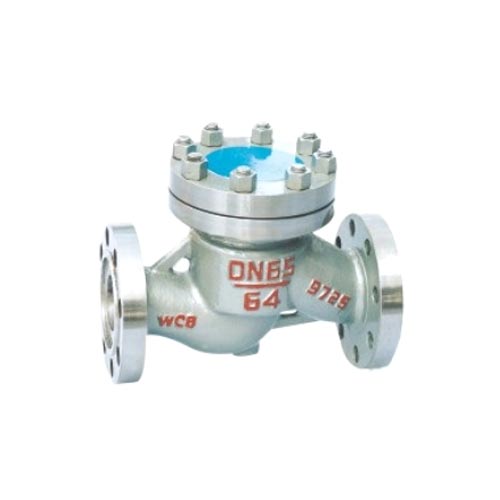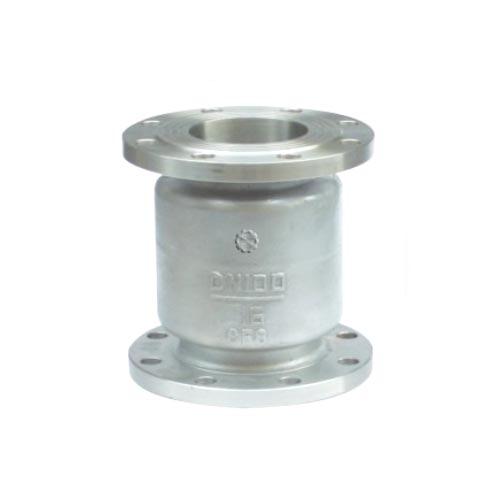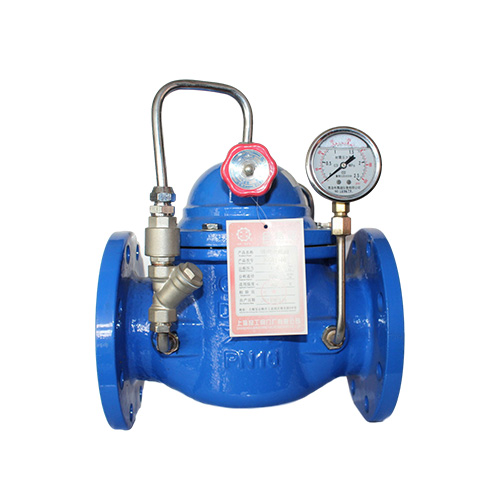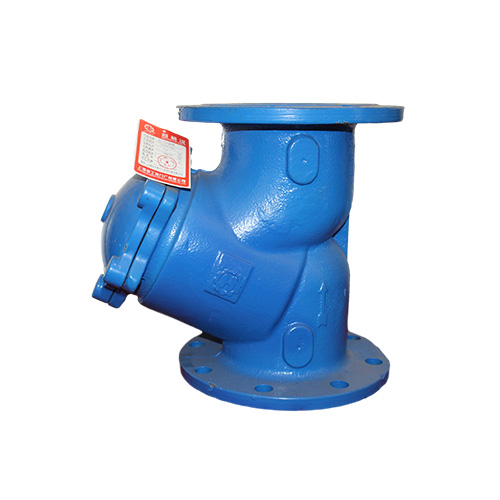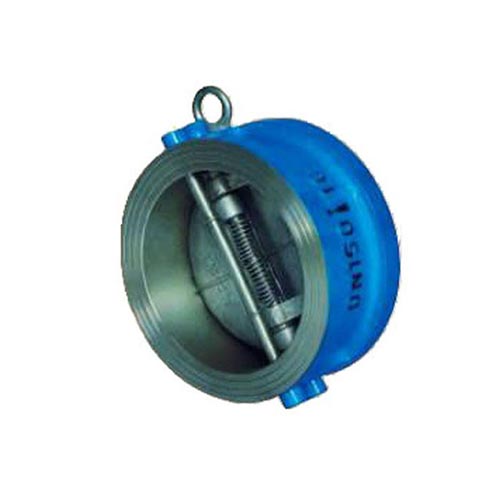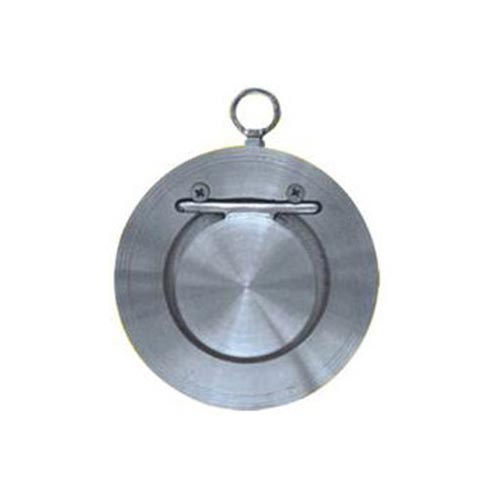高压差阀门作为流体控制系统的核心部件,广泛应用于石油化工、电力、冶金等领域,其强度设计直接关系到设备运行的安全性与稳定性。在高压差工况下,阀门需承受巨大的压力差、温度波动及介质腐蚀,设计难度远高于常规阀门。本文将从材料选择、结构设计、密封性能、制造工艺及发展趋势等方面,系统阐述高压差阀门的强度设计要点。
High pressure differential valves, as the core components of fluid control systems, are widely used in fields such as petrochemicals, power, metallurgy, etc. Their strength design directly affects the safety and stability of equipment operation. Under high pressure differential conditions, valves need to withstand huge pressure differentials, temperature fluctuations, and medium corrosion, making design much more difficult than conventional valves. This article will systematically explain the key points of strength design for high-pressure differential valves from the aspects of material selection, structural design, sealing performance, manufacturing process, and development trends.
一、材料选择:耐温耐压与抗腐蚀的平衡
1、 Material selection: Balance between temperature and pressure resistance and corrosion resistance
高压差阀门材料需同时满足高温、高压及腐蚀性介质的多重考验。
The material of high-pressure differential valves needs to meet multiple tests of high temperature, high pressure, and corrosive media simultaneously.
高性能合金应用:双相不锈钢、镍基合金(如Inconel 625)及钴基合金因优异的耐热、耐腐蚀和抗蠕变性能成为首选。例如,某石化企业加氢裂化装置采用Inconel 718阀体,成功应对600℃高温及15MPa压差环境。
High performance alloy applications: Dual phase stainless steel, nickel based alloys (such as Inconel 625), and cobalt based alloys are preferred due to their excellent heat resistance, corrosion resistance, and creep resistance. For example, a certain petrochemical company's hydrocracking unit uses Inconel 718 valve bodies, which successfully cope with high temperatures of 600 ℃ and pressure differentials of 15MPa.
表面处理技术:通过镀层、喷涂或渗氮处理提升材料表面硬度。某电站锅炉给水阀门通过阀芯表面渗氮处理,使硬度达HRC70,显著延长使用寿命。
Surface treatment technology: Enhancing the surface hardness of materials through coating, spraying, or nitriding treatment. The feedwater valve of a certain power plant boiler is treated with nitrogen infiltration on the surface of the valve core, resulting in a hardness of HRC70 and significantly extending its service life.
膨胀系数匹配:高温工况下,阀芯与阀座材料需考虑热膨胀系数差异。某研究显示,当阀座材料线膨胀系数较阀体高10-15%时,可避免高温卡死现象。
Expansion coefficient matching: Under high temperature conditions, the difference in thermal expansion coefficient between the valve core and valve seat materials needs to be considered. A study shows that when the linear expansion coefficient of the valve seat material is 10-15% higher than that of the valve body, it can avoid the phenomenon of high temperature jamming.
二、结构设计:流场优化与应力控制
2、 Structural Design: Flow Field Optimization and Stress Control
结构设计是高压差阀门强度设计的核心环节。
Structural design is the core component of strength design for high-pressure differential valves.
流道优化:采用CFD仿真技术优化流道形状,减少湍流与气蚀。某天然气管道阀门通过流道曲面优化,使压差损失降低,气蚀强度减弱。
Channel optimization: CFD simulation technology is used to optimize the shape of the channel, reducing turbulence and cavitation. The valve of a certain natural gas pipeline is optimized through the surface of the flow channel, which reduces the pressure difference loss and weakens the cavitation intensity.
多级降压结构:将总压差分解为多级逐步释放。某炼油厂高压差调节阀采用五级降压结构,单级压差控制在3MPa以内,有效避免闪蒸与空化。
Multi stage voltage reduction structure: Decompose the total pressure difference into multiple stages for gradual release. The high-pressure differential regulating valve of a certain refinery adopts a five stage pressure reduction structure, with a single-stage pressure difference controlled within 3MPa, effectively avoiding flash evaporation and cavitation.
防振设计:通过增加导流翼片或抗振支架抑制流体诱导振动。某试验表明,增加导流翼片可使阀门振动加速度降低。
Anti vibration design: Suppressing fluid induced vibration by adding guide vanes or anti vibration brackets. A certain experiment shows that adding guide vanes can reduce the vibration acceleration of the valve.
三、密封性能:高压下的零泄漏技术
3、 Sealing performance: zero leakage technology under high pressure
密封性能是高压差阀门的关键指标。
Sealing performance is a key indicator of high-pressure differential valves.
金属密封技术:采用线接触或面接触金属密封副,如钴基合金对焊结构。某深海采油阀门在15MPa压差下实现零泄漏,密封寿命超次启闭。
Metal sealing technology: using wire or surface contact metal sealing pairs, such as cobalt based alloy butt welding structures. A deep-sea oil production valve achieved zero leakage under a pressure difference of 15MPa, and its sealing life exceeded the opening and closing limit.
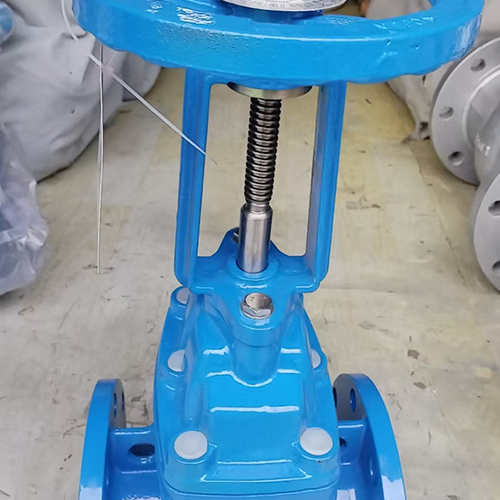
弹性补偿设计:在密封副中嵌入弹性元件,补偿热变形与磨损。某电厂给水阀门通过波形弹簧补偿,使密封比压波动范围控制在±5%以内。
Elastic compensation design: Embedding elastic elements in the sealing pair to compensate for thermal deformation and wear. The water supply valve of a certain power plant is compensated by waveform springs to control the fluctuation range of sealing pressure within ± 5%.
防火密封结构:采用石墨+不锈钢缠绕垫片组合,满足API 6FA防火测试要求。某石化装置阀门在火灾工况下保持密封,泄漏量低于标准值。
Fireproof sealing structure: using a combination of graphite and stainless steel wrapped gaskets, meeting the requirements of API 6FA fire test. The valve of a certain petrochemical plant remained sealed under fire conditions, with a leakage rate lower than the standard value.
四、制造工艺:精度与可靠性的保障
4、 Manufacturing process: assurance of precision and reliability
精密加工技术:采用五轴联动数控机床加工阀芯曲面,表面粗糙度达Ra0.4μm。某阀门企业数据表明,加工精度提升可使流阻系数降低。
Precision machining technology: Five axis CNC machine tool is used to machine the curved surface of the valve core, with a surface roughness of Ra0.4 μ m. Data from a certain valve enterprise shows that improving machining accuracy can reduce the flow resistance coefficient.
无损检测:通过超声波探伤、渗透检测确保材料内部质量。某核电阀门要求缺陷当量直径≤φ1mm,检测灵敏度达φ0.5mm。
Non destructive testing: Ensure the internal quality of materials through ultrasonic testing and penetrant testing. A certain nuclear power valve requires a defect equivalent diameter of ≤ * 1mm and a detection sensitivity of * 0.5mm.
热处理工艺:采用深冷处理消除残余应力。某高压气瓶阀门经-196℃深冷处理后,残余应力降低,抗疲劳性能提升。
Heat treatment process: using cryogenic treatment to eliminate residual stress. After cryogenic treatment at -196 ℃, the residual stress of a certain high-pressure gas cylinder valve decreased and its fatigue resistance improved.
五、发展趋势:智能化与材料创新
5、 Development Trend: Intelligence and Material Innovation
智能阀门系统:集成压力/温度传感器、执行机构与控制模块,实现自适应调节。某试点项目通过智能阀门系统,使压力波动范围缩小。
Intelligent valve system: integrates pressure/temperature sensors, actuators, and control modules to achieve adaptive regulation. A pilot project has reduced the range of pressure fluctuations through an intelligent valve system.
新型材料研发:陶瓷基复合材料(CMC)因轻质、耐高温特性受到关注。某实验室数据显示,CMC阀门在1200℃高温下强度保持率达75%。
Research and development of new materials: Ceramic matrix composites (CMC) have attracted attention due to their lightweight and high temperature resistance properties. According to data from a certain laboratory, the strength retention rate of CMC valves reaches 75% at a high temperature of 1200 ℃.
增材制造应用:采用激光选区熔化(SLM)技术制造复杂流道结构。某研究团队通过3D打印阀芯,使流阻系数降低,开发周期缩短。
Application of additive manufacturing: Using laser selective melting (SLM) technology to manufacture complex flow channel structures. A research team has reduced the flow resistance coefficient and shortened the development cycle by 3D printing valve cores.
高压差阀门强度设计需综合考量材料、结构、密封与制造工艺,通过多学科协同创新实现性能突破。随着工业领域对高效、安全、智能阀门需求的增长,未来高压差阀门将向“极端工况适应、全生命周期管理、绿色制造”方向演进,为能源装备升级提供关键支撑。
The strength design of high-pressure differential valves requires comprehensive consideration of materials, structure, sealing, and manufacturing processes, and achieves performance breakthroughs through interdisciplinary collaborative innovation. With the increasing demand for efficient, safe, and intelligent valves in the industrial field, high-pressure differential valves will evolve towards "extreme working condition adaptation, full lifecycle management, and green manufacturing" in the future, providing key support for energy equipment upgrades.
本文由 良工阀门 友情奉献.更多有关的知识请点击 http://www.jnlgvf.com 真诚的态度.为您提供为全面的服务.更多有关的知识我们将会陆续向大家奉献.敬请期待.
This article is a friendly contribution from Lianggong Valve For more related knowledge, please click http://www.jnlgvf.com Sincere attitude To provide you with comprehensive services We will gradually contribute more relevant knowledge to everyone Coming soon.
 企业公告:
企业公告:

